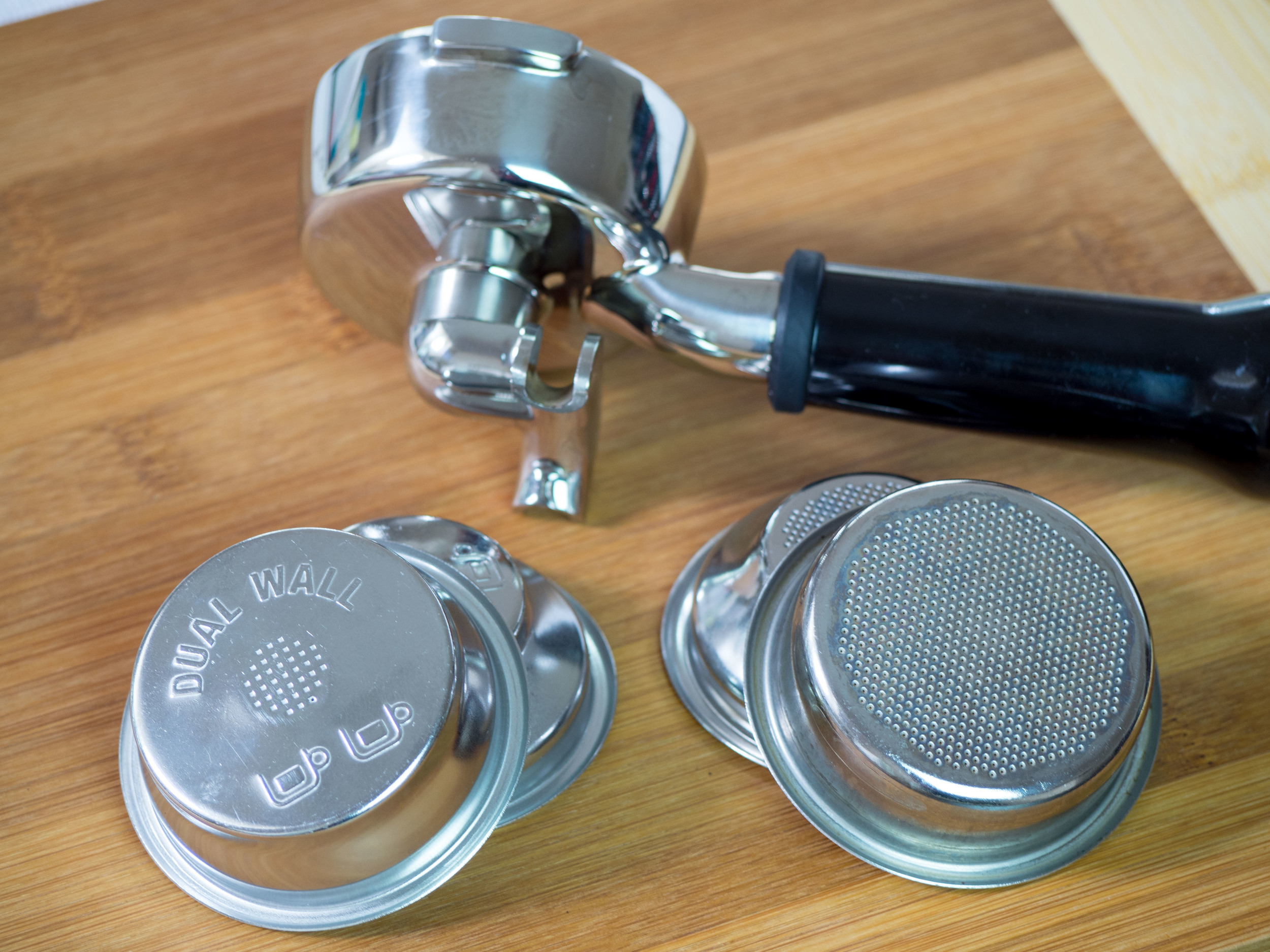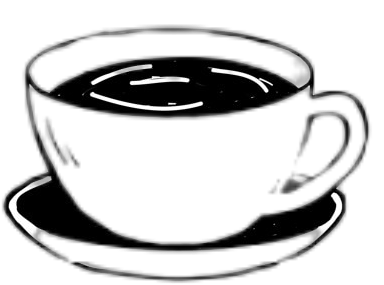As an espresso enthusiast, I’ve come to realize that every small detail matters when crafting that perfect shot. From grind size to extraction time, each variable plays a role in shaping your espresso’s flavor profile. However, one factor that truly transformed my brewing experience was adjusting the brew temperature on my Breville (known as Sage in the UK) Barista Express.
When I first got my hands on the Barista Express, I was thrilled by its professional-grade control. But it wasn’t until I began experimenting with temperature adjustments that I discovered how much it could affect the final cup. Whether you’re dealing with a delicate light roast or a bold dark blend, controlling the brew temperature can make all the difference. For those looking for even more control, you might also want to check out the Breville Dual Boiler BES920XL Review or the Breville Barista Touch Impress Review, both of which offer exceptional temperature regulation.
Why Temperature Control Matters
Before we dive into how to adjust the temperature, it’s crucial to understand why it plays such a pivotal role. The brew temperature directly impacts the extraction process. If the water is too hot, you risk over-extraction, resulting in bitter or burnt flavors. Too cool, and you’ll end up with an under-extracted shot that tastes sour or weak.
Espresso is typically brewed between 195°F and 205°F (90°C to 96°C), but even small tweaks can optimize your shot based on the beans you're using. For example, lighter roasts often shine at slightly higher temperatures to bring out their bright, complex flavors. Meanwhile, darker roasts tend to benefit from lower temperatures to avoid bitterness and highlight their rich, robust body.
Getting Acquainted with Your Breville/Sage Barista Express
The Breville/Sage Barista Express offers semi-automatic functionality, giving you a great balance between manual control and user-friendliness. One of the key features is its internal PID controller, which ensures consistent temperature stability. Although it doesn’t have a prominent temperature adjustment dial, the machine allows you to tweak this setting through a hidden feature—no extra tools required!

Here’s how you can easily adjust the brew temperature on your machine.
Step-by-Step Guide to Adjusting Brew Temperature
1. Power Off the Machine
Start by turning off your Barista Express. Press the power button to ensure the machine isn’t actively brewing or heating during the adjustment process.
2. Enter Programming Mode
To access the temperature settings, hold down the 'Program' button while pressing the 'Power' button to turn the machine back on. Keep holding the 'Program' button until all front panel lights start flashing, indicating that you’ve entered programming mode.
3. Adjust the Temperature
In programming mode, you can now use the 'Single Shot,' 'Double Shot,' and 'Filter Size' buttons to adjust the brew temperature:
- Press the 'Single Shot' button to lower the temperature by 2°F (1°C).
- Press the 'Double Shot' button to increase the temperature by 2°F (1°C).
- Press the 'Filter Size' button to reset the temperature to the default 200°F (93°C).
The LED indicators will show the current setting:
- Both the '1 Cup' and '2 Cup' lights: Default temperature of 200°F (93°C).
- '1 Cup' light only: Temperature lowered to 198°F (92°C).
- '2 Cup' light only: Temperature raised to 202°F (94°C).
4. Fine-Tune for Your Beans
To enhance lighter roasts, increase the temperature and accentuate fruity, vibrant notes. For darker roasts, lower the temperature to avoid bitterness while highlighting sweetness. Fine-tune based on your beans and personal preference.
5. Save Your Settings
Once you’ve set the desired temperature, press the 'Program' button again to save your changes. The machine will power off momentarily, then restart with the updated settings.
6. Test Your Shot
After making adjustments, pull a shot and take note of the flavor and extraction time. If the shot still isn’t quite right, repeat the process and make further adjustments. It may take a few tries to dial in the perfect setting, but the improvement in flavor will be well worth it.
Troubleshooting Common Issues
Even though adjusting the temperature is straightforward, occasional hiccups can occur. Here are some troubleshooting tips:
- Temperature Changes Not Registering: Ensure you’re in programming mode (flashing lights) before making adjustments.
- Espresso Still Tastes Off: If adjusting the temperature doesn’t solve the problem, consider tweaking other variables such as grind size or tamping pressure. The brew temperature is just one piece of the puzzle.
- Frequent Adjustments Needed: Depending on the beans you use, you may need to adjust the temperature regularly. Lighter roasts generally need a higher temperature, while darker roasts require lower settings.
Conclusion: Elevating Your Espresso with Temperature Control
Learning to adjust the brew temperature on your Breville/Sage Barista Express can elevate your espresso-making skills. Once I began tailoring the temperature to suit different roasts, I noticed a significant improvement in the depth and complexity of my shots. If you’ve been brewing at the default settings, I encourage you to experiment—whether you’re enhancing the bright notes of a light roast or smoothing out the richness of a dark blend. For those exploring other options, consider comparing the Breville Barista Express Impress vs Pro or the Breville Barista Pro vs Express to see how different models may impact your brewing experience. Additionally, if you're looking at top-tier machines, the Breville Oracle vs Oracle Touch offers advanced features that could further enhance your espresso skills.
This simple tweak can unlock a new level of flavor and give you full control over your espresso experience. So, go ahead, start experimenting—you’ll be amazed at how much of a difference temperature control can make!
